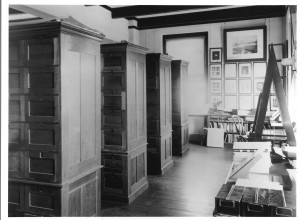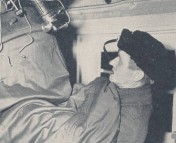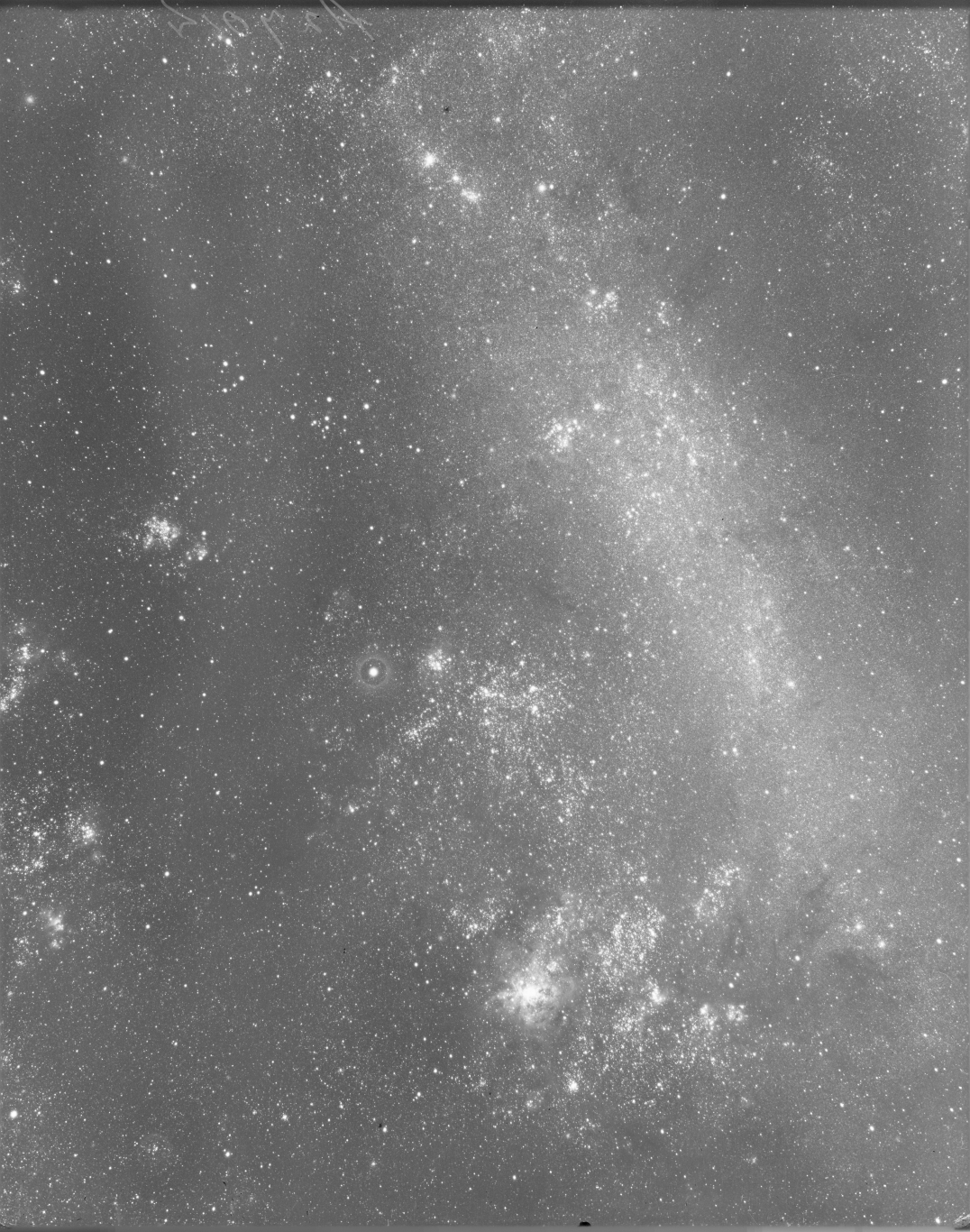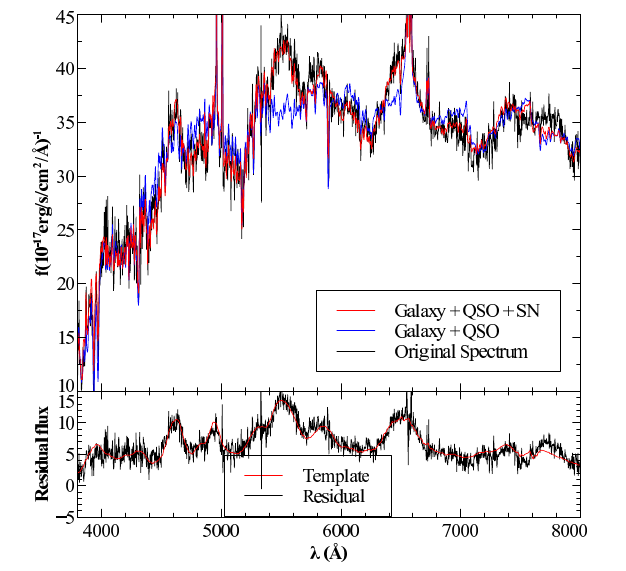- Title: Opening the 100-Year Window for Time Domain Astronomy
- Authors: Jonathan Grindlay, Sumin Tang, Edward Los, Mathieu Servillat
- First Author’s Institution: Harvard Observatory & Center for Astrophysics
In the past decade we have seen huge leaps forward in our understanding of the time-variable universe thanks to the introduction of several large-scale modern surveys dedicated to transient discovery (e.g. The Palomar Transient Factory, The Panoramic Survey Telescope and Rapid Response System, The Catalina Real-Time Transient Survey). However, these surveys are inherently limited: they can only offer us information on phenomena which vary significantly on time scales between 1 day and ~10 years. Although this is ideal for objects such as supernovae, a large portion of the universe operates at a much slower pace, and wealth of new stellar and galactic phenomena would likely be revealed if we could expand the time range of our available data — even by just an order of magnitude.
So, is this actually possible? We could just wait around a hundred years… however, I suspect that the number of astronomers writing papers today that will still be doing so in 2112 is quite small. Alternatively, we could take a step back and look to the past. This is the goal of the DASCH project (Digital Access to a Sky Century @ Harvard) which is working to digitize over 100 years worth of historical photographic plates at Harvard. Today’s paper gives a summary of the project’s progress to date.
The Backstory:
Harvard College Observatory was founded in 1839 and soon moved to the forefront of astronomy research, housing the 15-inch “Great Refractor” which was the largest telescope in the U.S. between 1847 and 1867. In the late 1800s, the observatory began imaging large portions of the sky with telescopes positioned around the world. Some of these telescopes were globe trotters in their own right, spending time in Cambridge, Peru, Chile, and South Africa. In the early years these photographic plates were examined by hand by a large number of women who came to be known as “computers” and created the HD catalog of bright stars. One of these women was Henrietta Leavitt who used the plates to discover the period-luminosity relation for Cepheid Variables. Harvard’s collection of photographic plates continued to grow until the early 1990s by which time a majority of telescopes had replaced photographic plates with CCDs. In its final state, the collection is the world’s largest. It contains over 500,000 plates, obtained between 1885 and 1993, spanning the entire sky. Most locations were imaged hundreds to thousands of times during this 100 year window. Figure 1 shows a picture of the Harvard plate stacks where the images are stored.

Figure 2: The sky coverage of all Harvard Observatory photometric plates which have already been scanned.
The Analysis:
Although there is a wealth of information about transient phenomena available in these historic photographic plates, it is all but inaccessible in its current form. This is where the DASCH project comes in. The project is working to (1) digitally scan all of the plates, (2) detect sources on the plates, (3) assign physical coordinates to the plates, and (4) measure/calibrate the magnitudes of all sources. The end product will be a publicly available database which can be queried to produce the 100 year light curve for individual objects. As a part of the project the team had to develop a specialized scanner, as commercially available units would have been too slow to finish the project in anything resembling a reasonable amount of time. As it is, when operating at full efficiency, the project can now scan and analyze 400 plates a day. As of the writing of this article, 38,346 plates have been scanned (~8% completion; see Figure 2 for a map of their current coverage) and over 2.7 billion magnitudes have already been measured.
Early Science Results:
Although the process is still ongoing, with a projected finish date of 2016 (just before the Large Synoptic Survey Telescope is scheduled to come on-line) the newly digitized plate database has resulted in several interesting scientific findings (also see Elisabeth’s astrobite). The faintest objects which can be measured in the photographic plates are ~15th magnitude (approximately 100 times less sensitive than modern surveys) and, hence, the data is best suited for studies of variable stars and bright active galactic nuclei (AGN). Studies of these types of objects have been quite successful thus far, with several highlights including: (1) the discovery of a long term (10 – 100 year) dimming in a population of cool stars, (2) the analysis of the long term variability of the AGN 3C273, which found a majority of the variation took place on a 0.5 – 2 year timescale, and (3) a previously-unobserved type of stellar variability which results from interacting cool giant/white dwarf binaries (See Figure 3). As is shown, the light curve is mostly constant with the exception of a rapid brightening around the year 1940 followed by an ~10 year dimming. Members of the DASCH team have interpreted this as the nuclear burning of a H shell on the white dwarf. And this is just the beginning. Given that we’re only 8% of the way through analyzing the plates, we can look forward to further interesting discoveries from this survey in the next few years.






